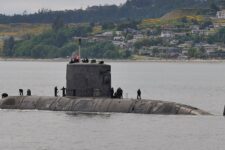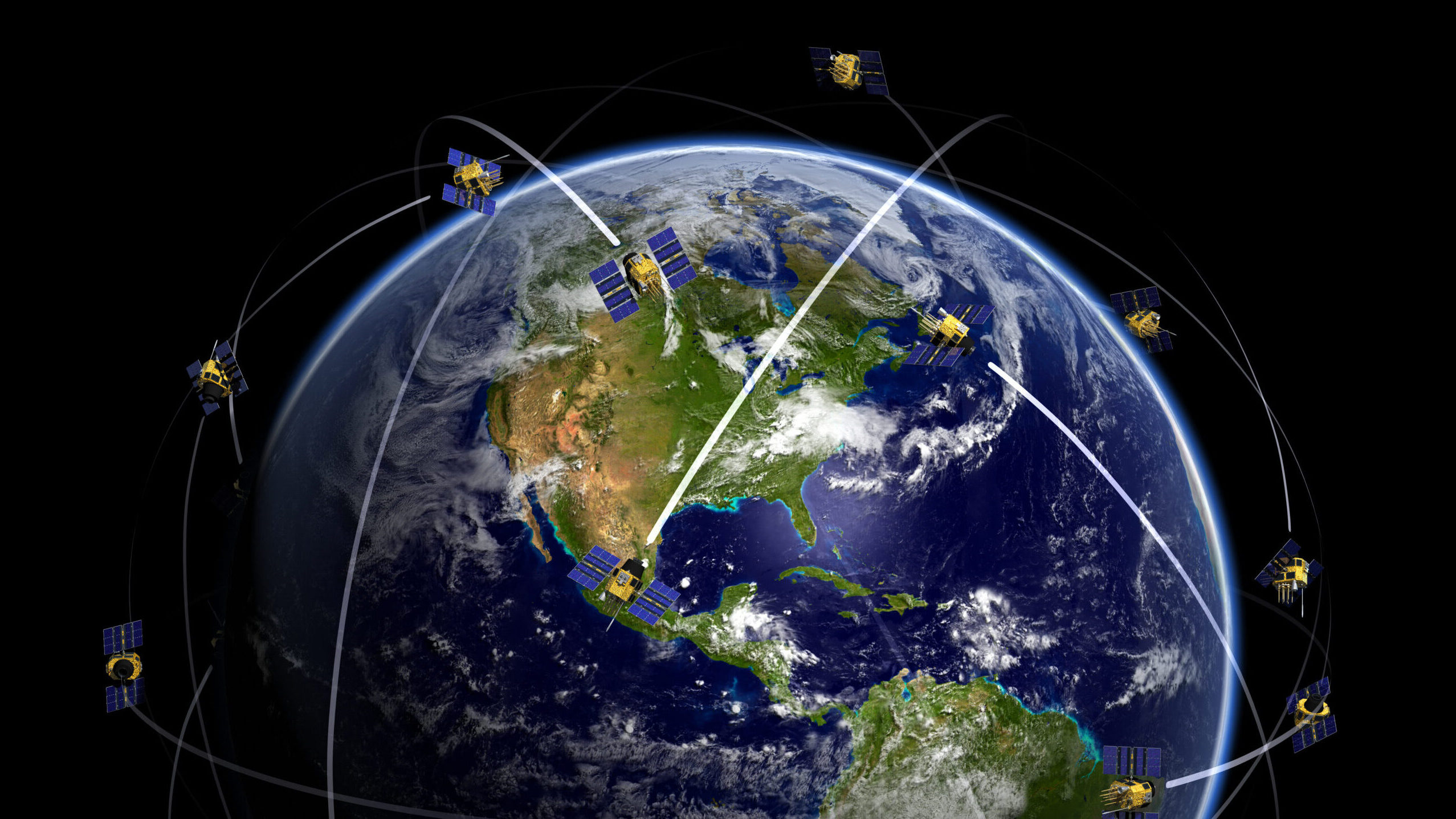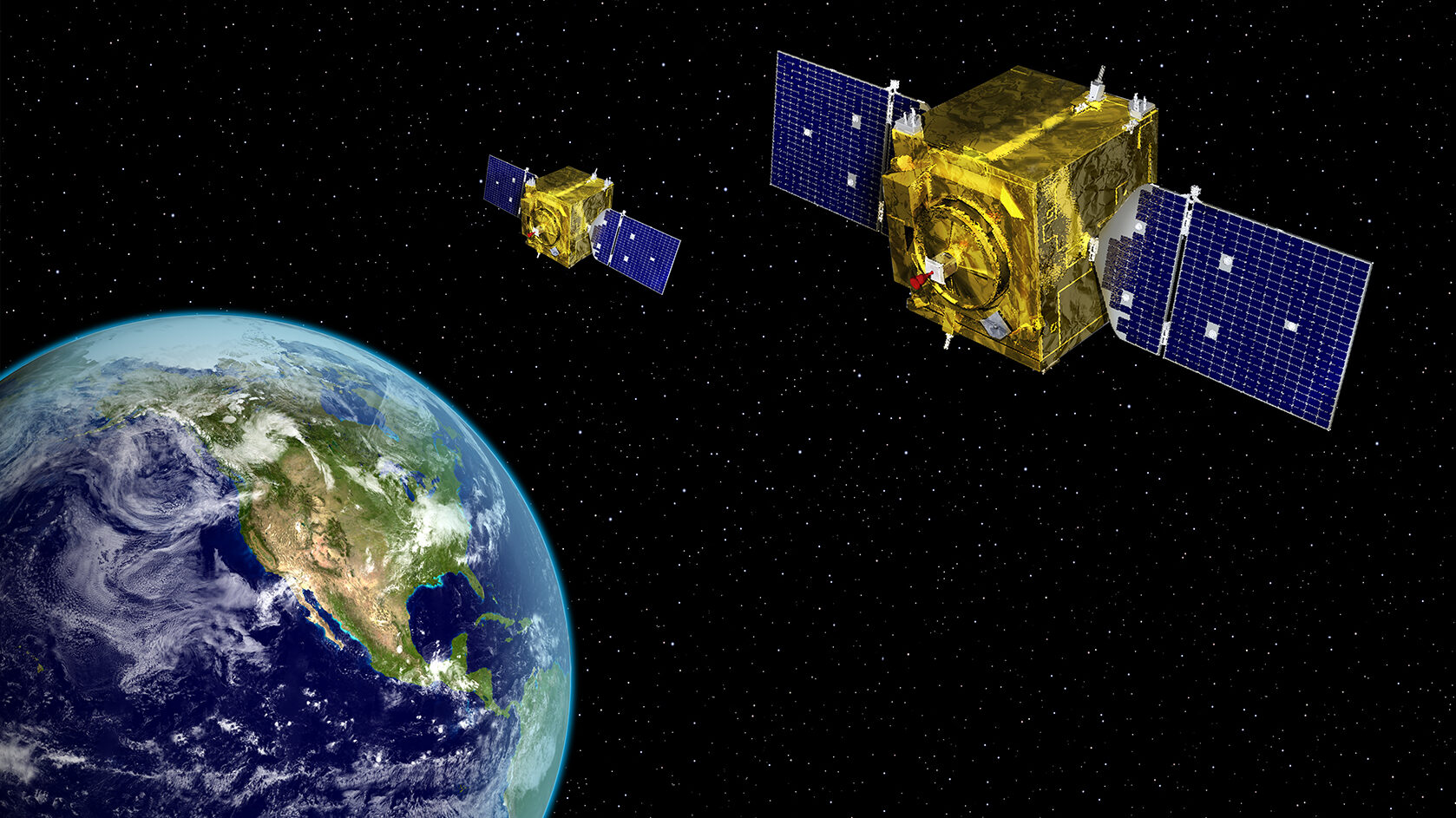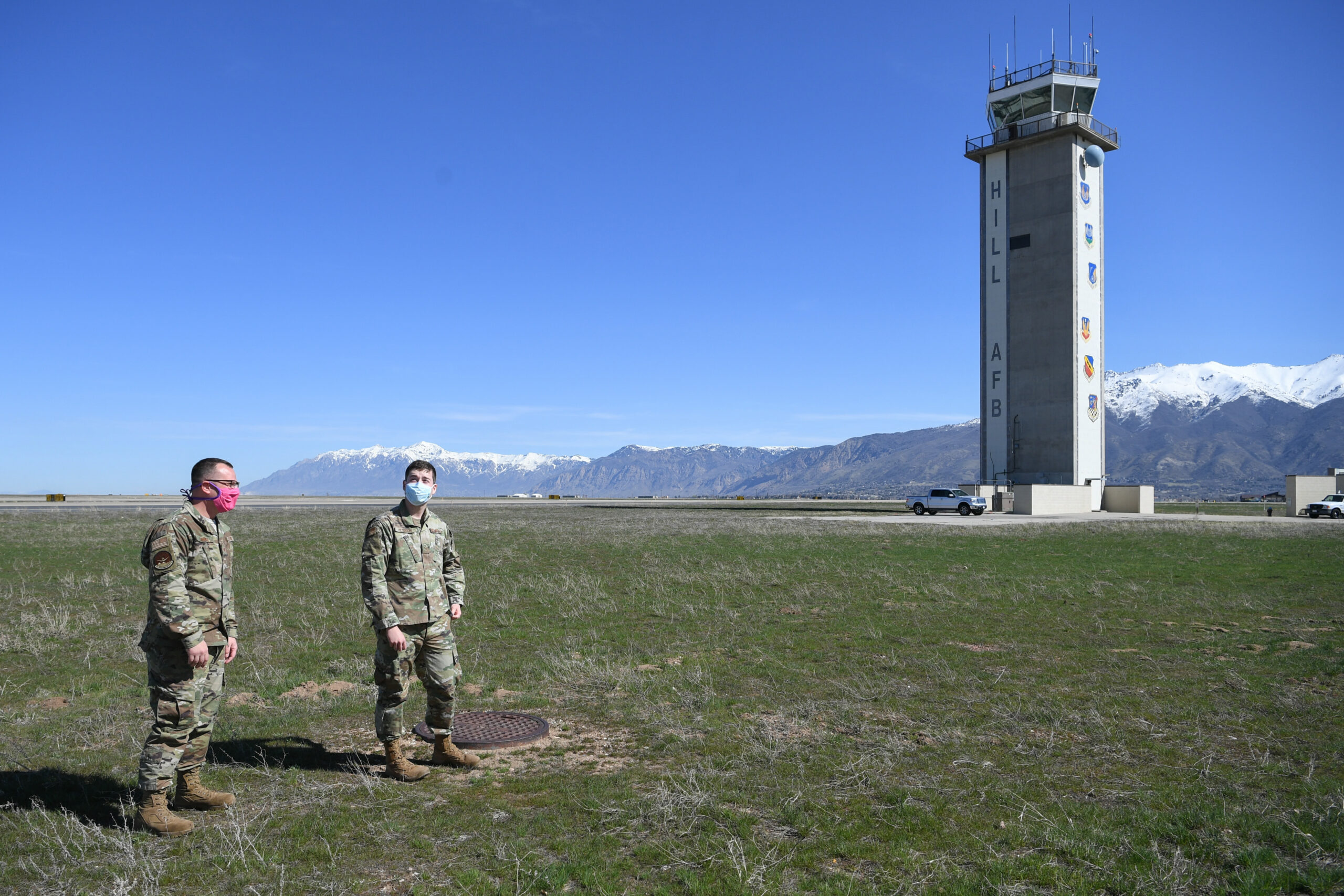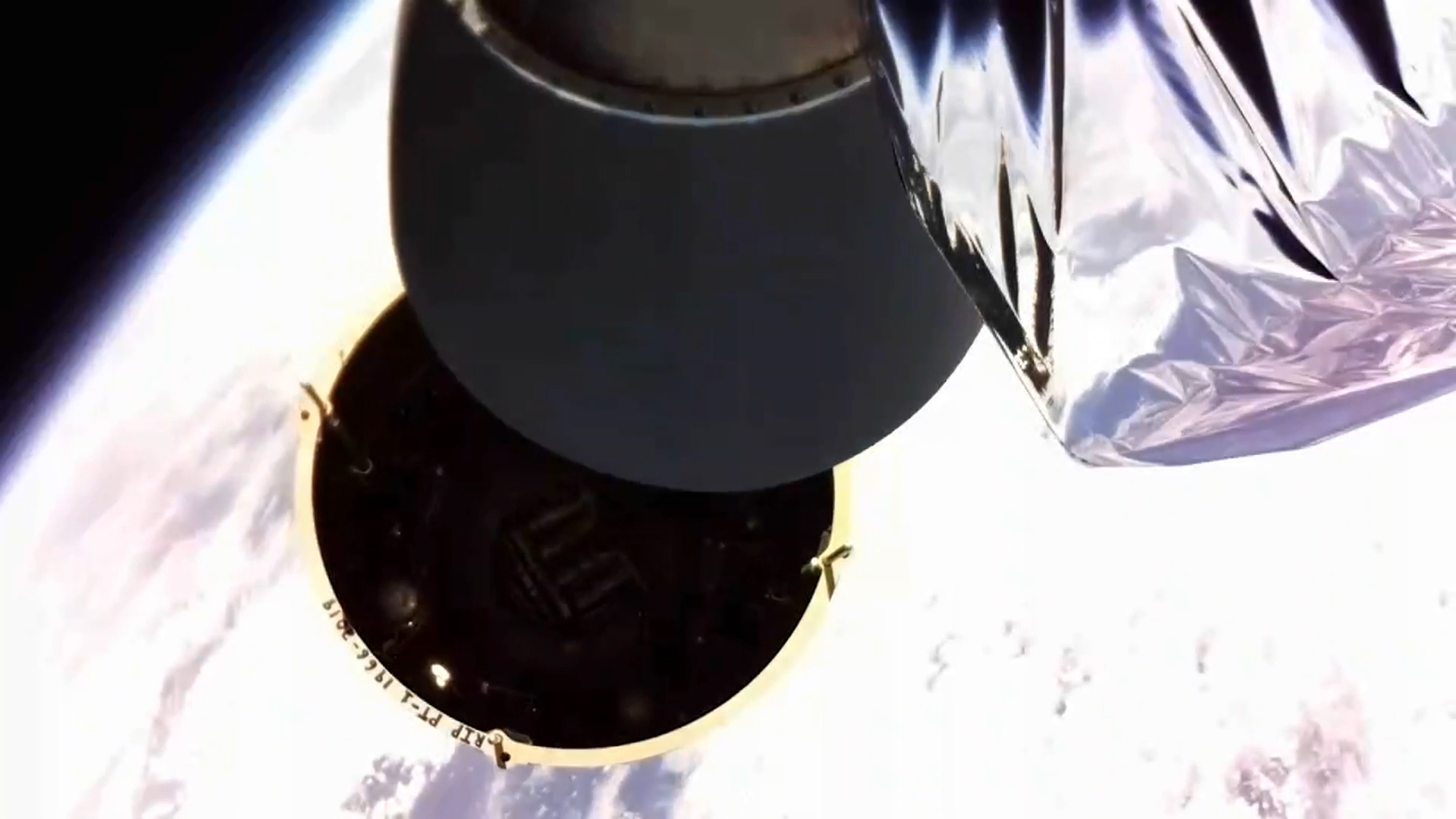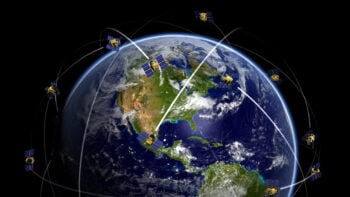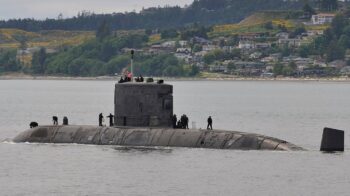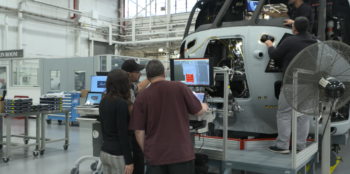

Breaking Defense Q&A with James Fairbanks, Director of Operational Analysis and Threat Lab Group, BAE Systems
By BAE Systems
“I think what people will find is that this type of advancement, going from ground-to-space, changes the whole space economy,” Aalyria’s CEO Chris Taylor said. “I think it’s going to be monumental.”
By Theresa Hitchens
“We are a ground software service provider,” ATLAS Space co-founder Mike Carey told Breaking Defense. “We’ve come up with a very modern, cloud-based, scalable secure platform by which any number of antennas can be brought in.”
By Theresa Hitchens
“We need to address space debris so that space is sustainable and remains a working environment,” Ezinne Uzo-Okoro, assistant director for space policy at the White House Office of Science and Technology Policy (OSTP), said today.
By Theresa Hitchens
Detecting interference with Global Positioning System sat signals in conflict zones actually is “low hanging fruit,” says Spire’s Conor Brown. “We’re picking them up accidentally with our weather satellites.”
By Theresa Hitchens
SDA intends to choose three contractors next year to design and build up to 144 new satellites.
By Theresa Hitchens
Space based jammers? Kinetic kill vehicles? Ground based lasers? The Pentagon has a space weapon it’s ready to show, but it’s not clear exactly what it will be.
By Theresa Hitchens
“We really focused on payloads that had tactical utility, because they were an underserved market,” said Blackjack program manager Stephen Forbes.
By Theresa Hitchens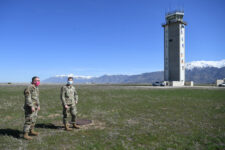
“Fundamentally, we do it the same way as noise canceling headphones; we listen to what the radio transmits and inject it in reverse in the radio, so the radio thinks that it doesn’t hear itself, and it can hear everything else” Joel Brand of Kumu Networks says.
By Kelsey Atherton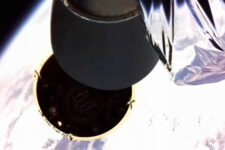
The R3D2 spacecraft’s cutting-edge antenna is “compressed into a small volume and then blooms on orbit,” explains Northrop Grumman’s Scott Stapp.
By Theresa Hitchens





